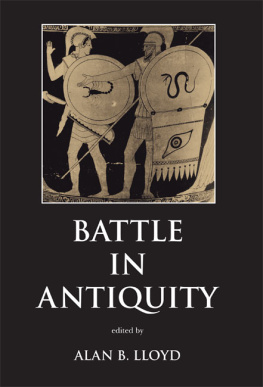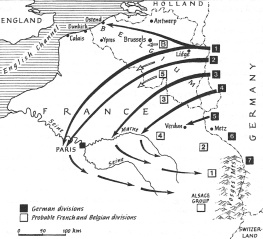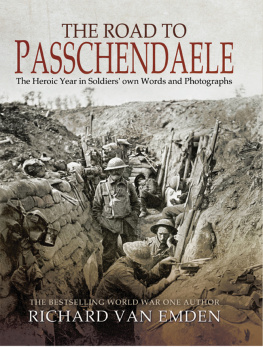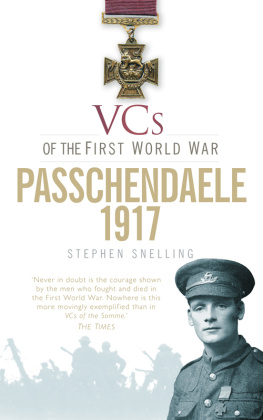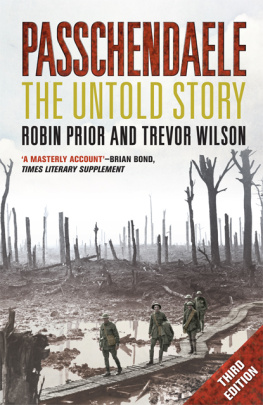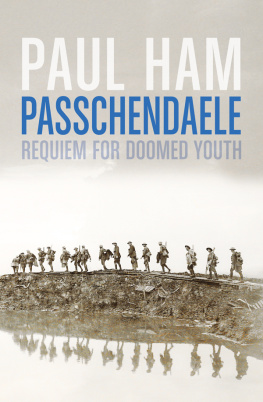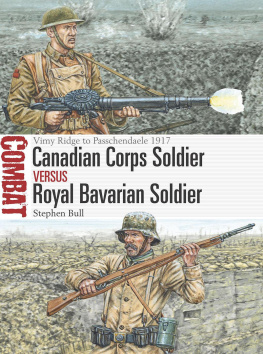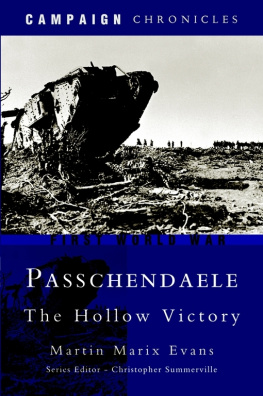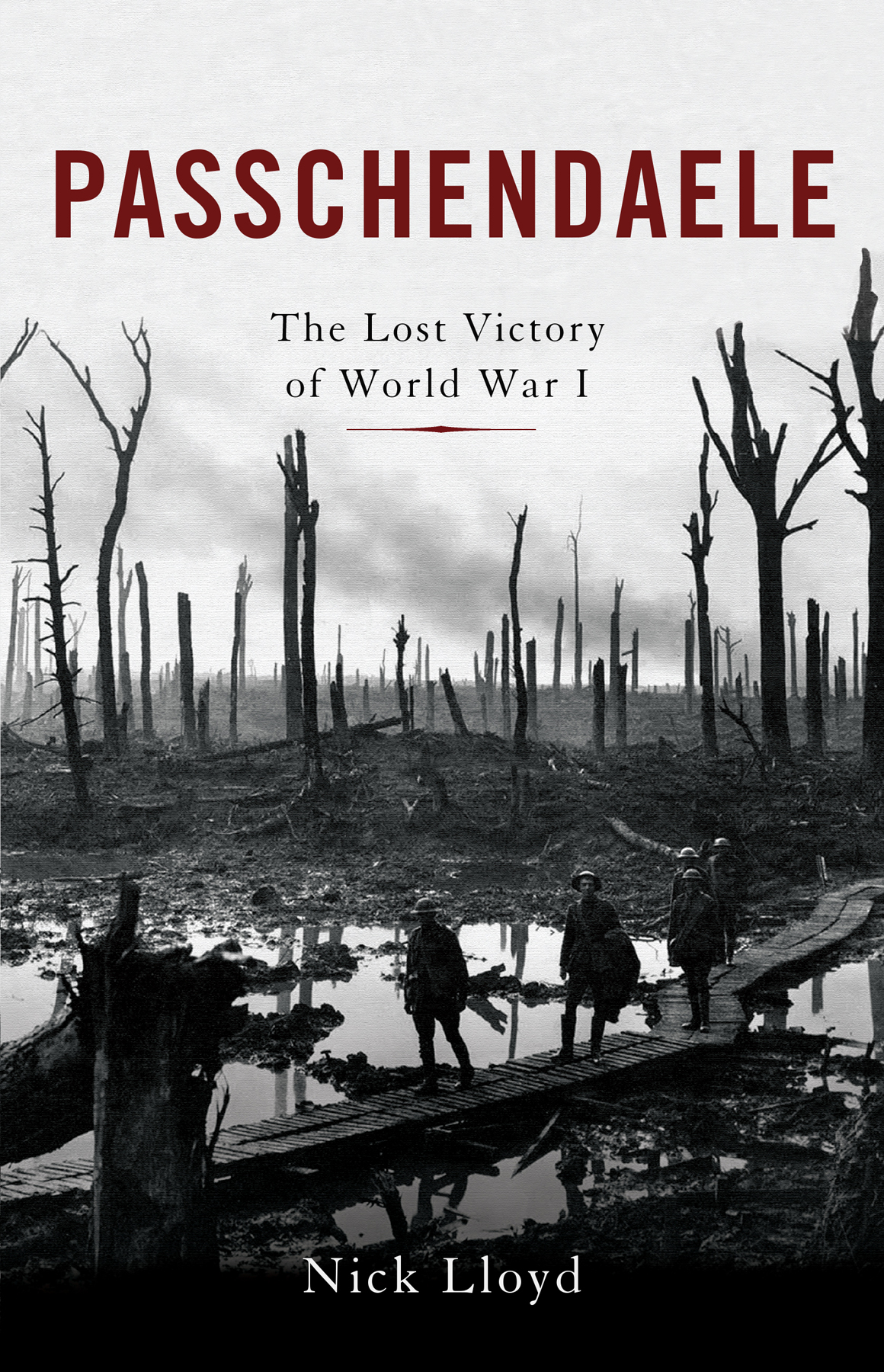5.9: 15cm German field howitzer
Army: Collection of corps (usually between two and seven) commanded by a General
Army Group: Collection of armies (usually consisting of two or three)
Battalion: Unit of infantry (nominally up to 1,000 strong) commanded by a Lieutenant-Colonel
Battery: Organization of artillery pieces (usually containing between four and six guns)
Bite and hold: Operational method that prioritized limited attacks against local points of tactical importance aimed at provoking wasteful counter-attacks
Boche or Bosche: Slang term for Germans
Brigade: Major tactical formation commanded by a Brigadier-General. Three brigades made up a British division (each brigade containing four battalions). French and German brigades operated on a different system, each with two regiments
Corduroy road: Makeshift wooden road covered with sand, often used in swampy conditions
Corps: Group of divisions (usually between two and five) commanded by a Lieutenant-General
Creeping barrage: Moving wall of shellfire that swept across the battlefield at a predetermined pace. Designed to keep defenders heads down and escort infantry on to their objectives
Digger: Term for Australian troops
Division: Basic tactical unit on the battlefield employing between 10,000 and 15,000 men, with supporting medical, engineering and artillery arms, commanded by a Major-General. By 1917 most divisions were not up to this strength, with many German divisions containing only around 8,000 infantry
Eingreif Division: Literally intervention division. Specially trained reserve unit kept out of range of enemy artillery and brought forward to seal off enemy penetrations and counter-attack whenever possible. A key element of German defensive tactics in 1917
Flanders Lines (Flandern Stellungen): A series of three heavily defended Flanders Lines ran from Lille to the Belgian coast
Group: German corps assigned to a permanent sector of the front
Hindenburg Line: Major German defensive system constructed during 191617
Jagdgeschwader: German Air Service fighter wing (containing four Jagdstaffel)
Jagdstaffel (Jasta): German Air Service fighter squadron (usually containing between nine and twelve aircraft)
Jger: Elite German light infantry
Landsturm: German militia units comprising inferior troops used for local defence
Lewis gun: American-designed light machine-gun first introduced in 1915 and widely used in the BEF
Materialschlacht: Literally material battle. German term for the kind of industrialized, mass warfare that emerged on the Western Front in 1916
Minenwerfer: German heavy trench mortar
Pillbox: Reinforced concrete blockhouse
Poilus: Literally hairy ones. Slang for French soldiers
Regiment: Organization of infantry battalions. French and German divisions contained four regiments (each of three battalions). The British regimental system differed from continental use and regarded the regiment as a permanent organizational unit for its battalions
Zero Hour: Time at which an attack would commence
AIF: Australian Imperial Force
ANZAC: Australian and New Zealand Army Corps
AWM: Australian War Memorial, Canberra
BA-MA: Bundesarchiv-Militrarchiv, Freiburg
BEF: British Expeditionary Force
CAB: Cabinet Office files
CIGS: Chief of the Imperial General Staff
C-in-C: Commander-in-Chief
CLIP: Canadian Letters and Images Project
CMR: Canadian Mounted Rifles
CWM: Canadian War Museum, Ottawa
DTA: Deutsches Tagebucharchiv, Emmendingen
GHQ: General Headquarters (British Expeditionary Force)
GOC: General Officer Commanding
GQG:Grand Quartier Gnral (French High Command)
IWM: Imperial War Museum, London
KA: Bayerisches Hauptstaatsarchiv, Abteilung IV: Kriegsarchiv, Munich
LAC: Library and Archives Canada, Ottawa
LHCMA: Liddell Hart Centre for Military Archives, Kings College London
MG: Machine-gun
NCO: Non-Commissioned Officer
OHL:Obersteheeresleitung (German Supreme Command)
PPCLI: Princess Patricias Canadian Light Infantry
RFA: Royal Field Artillery
RFC: Royal Flying Corps
TNA: The National Archives, Kew
WO: War Office files
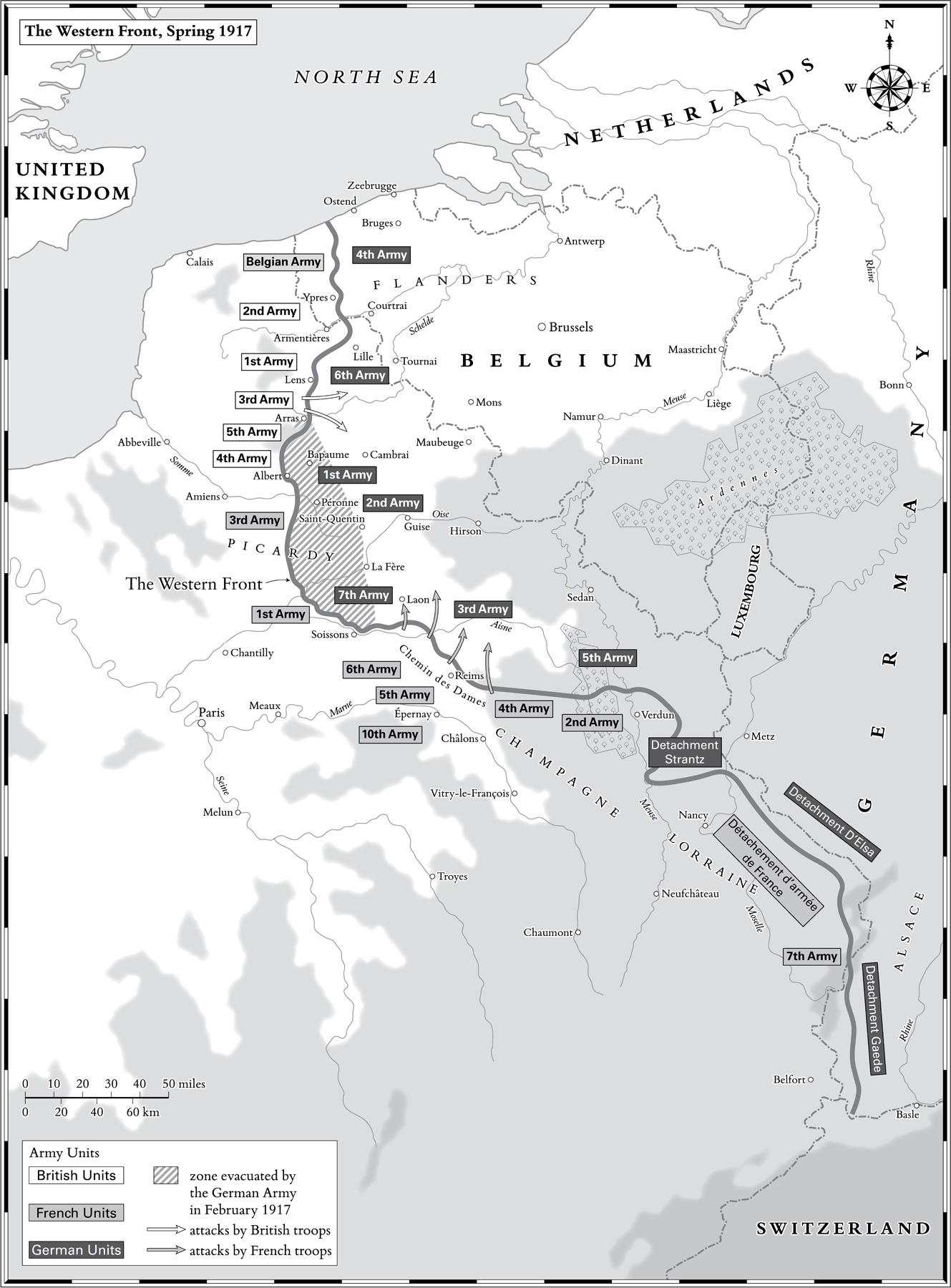
Good God, did we really send men to fight in that?
The words of Sir Launcelot Kiggell, a senior staff officer at British GHQ, upon visiting the Passchendaele battlefield, are some of the most notorious in the history of warfare. Sharp, to the point, shot through with horror and shock, they seem to encapsulate perfectly the appalling way in which battles were conducted between 1914 and 1918; by almost criminally negligent chateau generals with no idea of the conditions on the front, who sent a generation of young men to squalid, terrifying deaths. The story first appeared in Basil Liddell Harts



